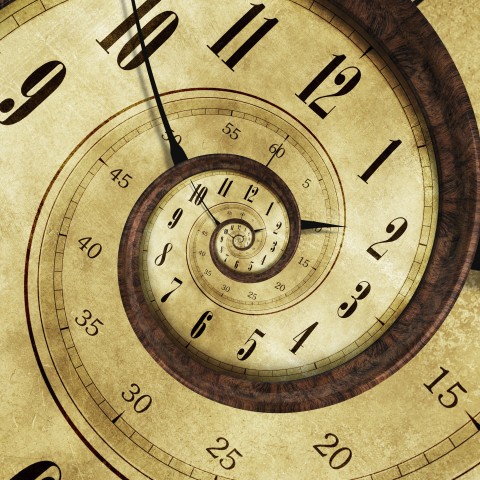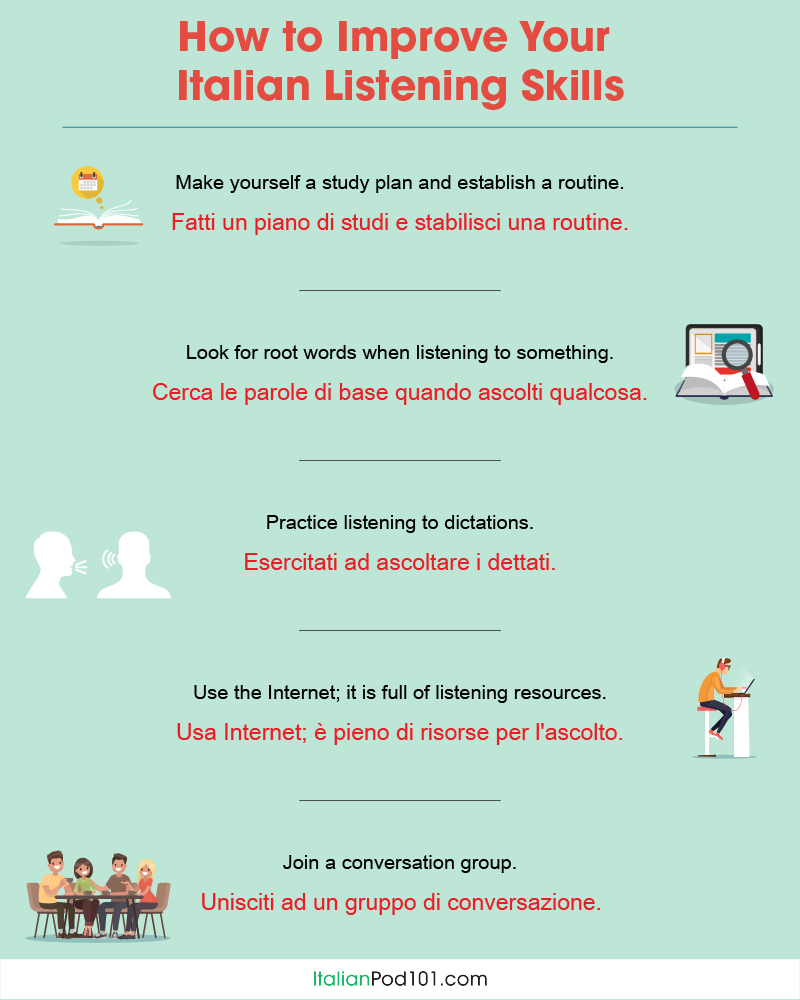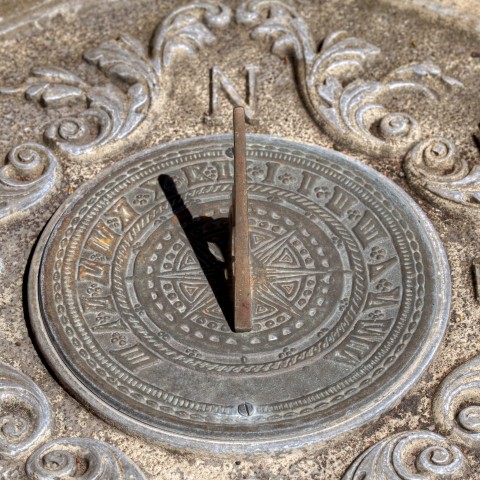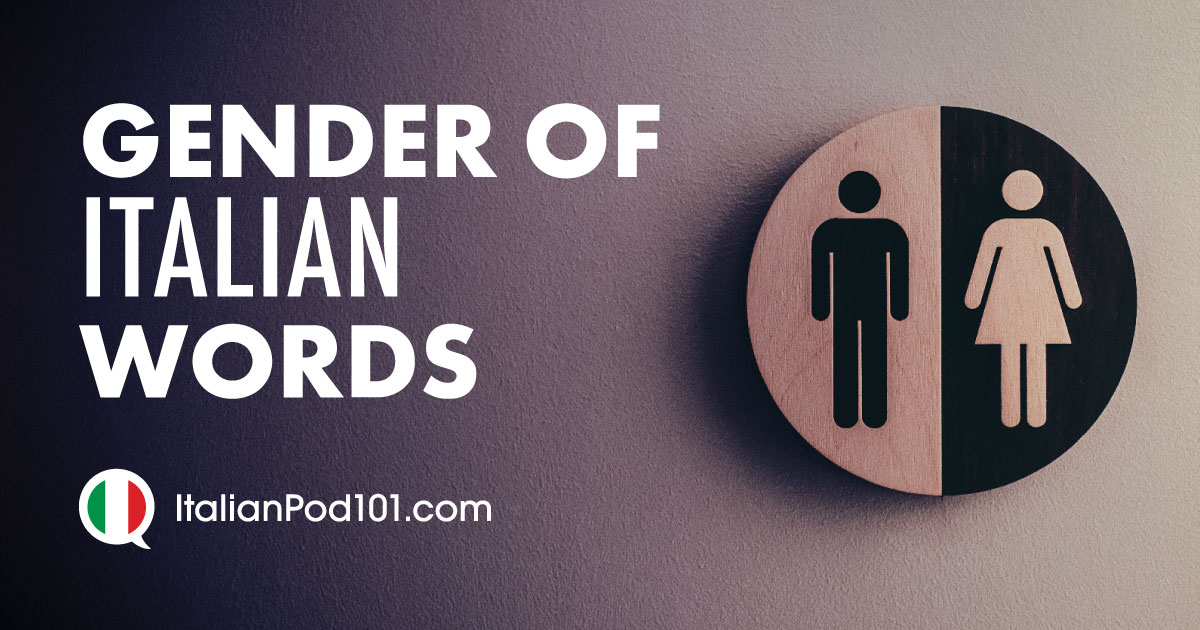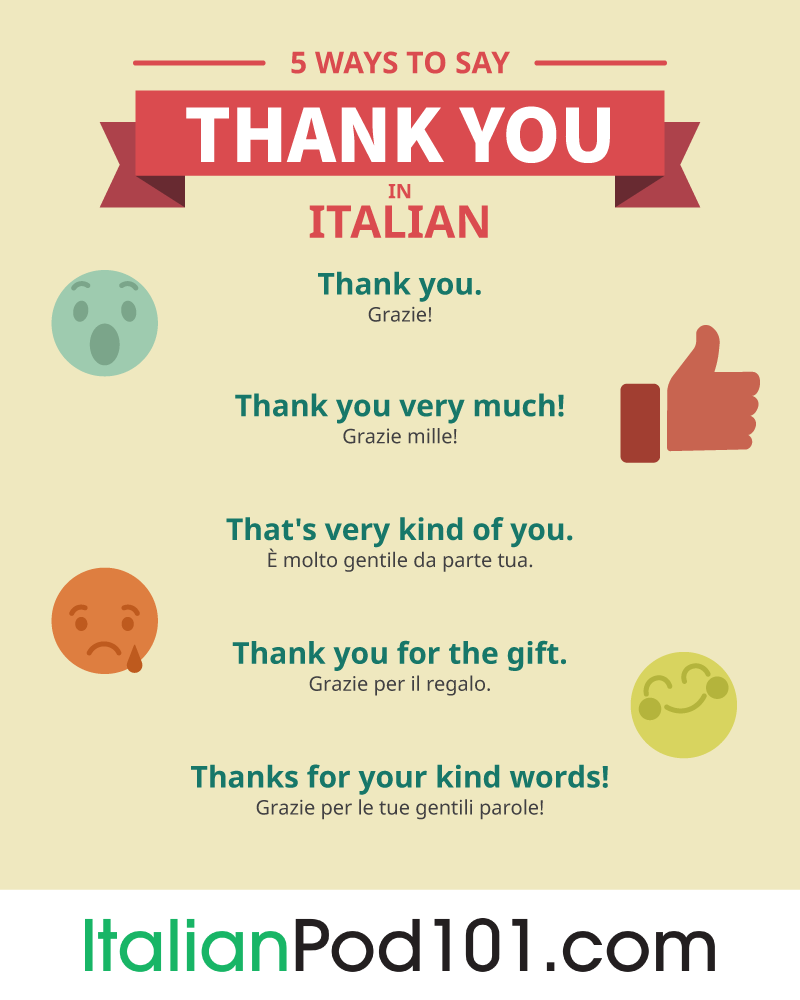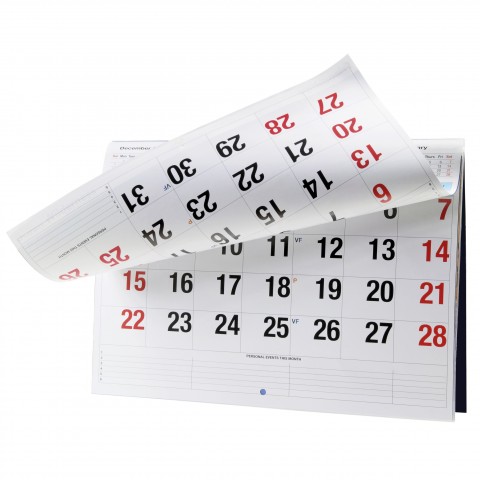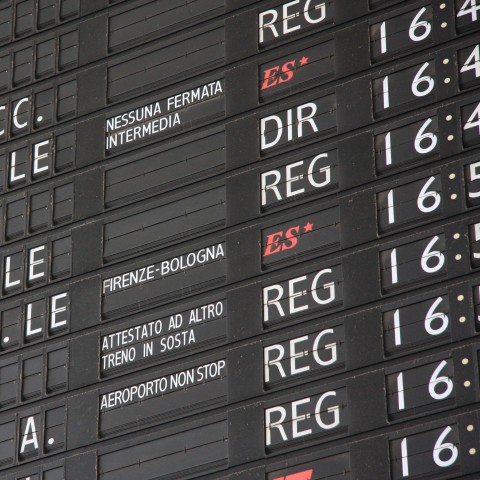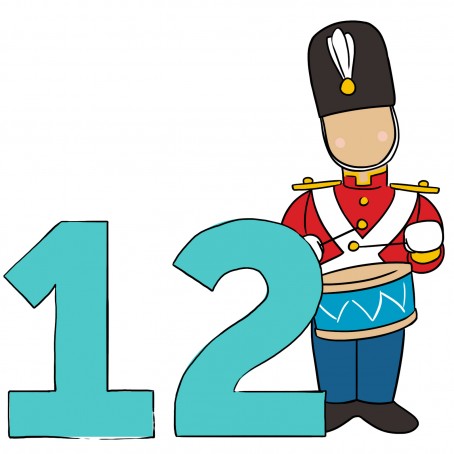
Quotes are the perfect way to go deeper into the cultural wealth of a language. They give us a clear vision of people’s philosophy, mindset, history, and popular culture. This means that by studying Italian quotes, you’ll not only be able to better understand the people around you and better express yourself, but you’ll also be able to explore Italian culture at a deeper level.
In this article, we’ll go through the most commonly used Italian quotes, from sayings about love to words of traditional wisdom.
 Table of Contents
Table of Contents
- Quotes About Success
- Quotes About Life and Wisdom
- Quotes About Love
- Quotes About Family and Friends
- Quotes About Food
- Dante’s Quotes
- L’importante è finire!
1. Quotes About Success
We’ll start our list with a few Italian quotes of strength and success. How can you apply these to your everyday life?
1. Veni, vidi, vici.
(“I came, I saw, I conquered.”)
In Italian, it’s: Venni, vidi, vinsi.
This is probably the oldest and most memorable of all the popular Italian quotes, and it comes from ancient Italian times (and more precisely, from ancient Rome). The original quote is in Latin, coined by Julius Caesar to describe one of his many quick and easy military victories. Today, this quote has—fortunately—lost its military connotation, but it continues to be commonly quoted in its original Latin form to describe great personal achievements that were accomplished quickly and without much effort. Does it sound like bragging? Well, yeah! After all, it is Julius Caesar we’re talking about!

I came, I saw, I conquered.
2. Il fine giustifica i mezzi.
(“The end justifies the means.”)
Success, particularly in the political realm, was what Machiavelli had in mind when he wrote this famous and oft-quoted phrase. This sentence has been used since the Renaissance to depict a type of political system that would resort to every evil means in order to reach its goals, no matter the costs. This isn’t exactly what Machiavelli meant, but it doesn’t matter much anymore since it’s such a widely known concept. There was even an adjective created to illustrate this very idea: machiavellico (“Machiavellian”).
3. La calma è la virtù dei forti.
(“Calm is the virtue of the strong.”)
But success is not derived from military strength or political ability alone. On the contrary, a very old saying (the origin of which is now lost) tells us the secret to being strong and successful: be calm, be sure of yourself, and face any situation. It’s basically another way of saying “Keep calm and carry on,” the famous phrase from a 1939 poster made by the British government before World War II.
2. Quotes About Life and Wisdom
Now let’s look at some Italian quotes about life from some of Italy’s greatest minds and artists.
4. La semplicità è l’ultima sofisticazione.
(“Simplicity is the ultimate sophistication.”)
When talking about life and wisdom, it just makes sense that we quote one of the wisest, most intelligent, creative, and brilliant minds of all times! Have you guessed? Of course, we’re talking about Leonardo da Vinci! He loved to say that la semplicità è l’ultima sofisticazione (“simplicity is the ultimate sophistication”), or in other words, “keep it simple” or “less is more.” This seems like very good advice for anybody in any situation—and in any case, anything that good old Leonardo said will make you look good!
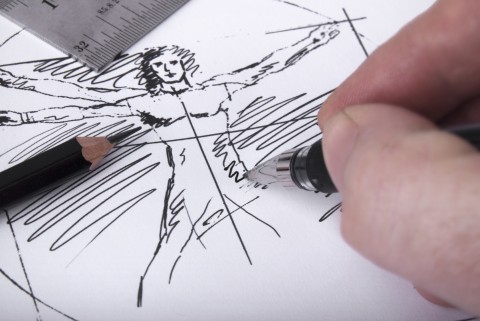
Keep it simple, says Leo Da Vinci!
5. Dietro ogni problema c’è un’opportunità.
(“Behind any problem, there is an opportunity.”)
Galileo Galilei, another great scientific and philosophical mind of the Renaissance, brought us this very modern-sounding quote. He probably had no idea that this concept would be used five centuries later by managers and marketers all over the world, all agreeing with the advantage of turning problems into opportunities.
6. La libertà è come l’aria: ci si accorge di quanto vale quando comincia a mancare.
(“Freedom is like air: you realize its value only when you miss it.”)
Next is the jurist Piero Calamandrei, one of the most prominent protagonists of la Resistenza (“the Resistance”). His quote is true of many things: you miss them when they’re gone. But the quote gains significance when we talk about freedom, one of the vital elements of life, just like air.
7. Se comprendere è impossibile, conoscere è necessario.
(“If understanding is impossible, knowing is necessary.”)
And from the same historic time—the aftermath of WWII—comes another memorable quote, this time from the novel Se questo è un uomo (“If This is a Man”) by Primo Levi. Talking about his experience as a survivor of a concentration camp, he underlines the importance of remembering and studying the absurd tragedies of the past.
8. Se non hai mai pianto, i tuoi occhi non possono essere belli.
(“If you haven’t cried, your eyes can’t be beautiful.”)
Wisdom can come from many different sources. You don’t need to be a scientist or a philosopher to say something so beautiful and meaningful that people cite it for years to come. For example, this quote of simple popular wisdom is from the mouth of the beautiful Italian actress Sophia Loren. It entails the notion that real beauty has the depth of life, and suffering is a part of living.

Did you know that crying can make you beautiful?
3. Quotes About Love
Italian quotes about love… We can’t talk about this without making a reference to the delicious Baci Perugina. These are chocolate and hazelnut pralines that, since the 1920s, have made the perfect romantic present. They’re individually wrapped in popular literary love quotes that are translated into four languages. In Italy, they’re synonymous with romanticism (or cheesy pickup lines, depending on who you ask…).
But no love quote is more famous than this one:
9. Amor ch’a nullo amato amar perdona.
(“Love that exempts no one loved from loving in return.”)
Considering that Dante wrote this quote in his Divina Commedia in 1320, it’s not very easy to understand. But it basically means that love has a powerful way of attracting love. The rhythm of this verse is so beautiful that people like to quote it just to hear the sound. Give it a try!
10. Siamo angeli con un’ala sola: possiamo volare solo se abbracciati.
(“We are one-wing angels: we can only fly together.”)
Not as old as Dante’s quote but just as poetic, is this quote from the Neapolitan actor, director, and writer Luciano De Crescenzo, in his film Così Parlò Bellavista. It’s a beautiful metaphor of the force of true love.
11. L’amore è cieco.
(“Love is blind.”)
Italians often quote this universal concept of love to justify an improbable relationship. Lately, people have added another small pearl of wisdom to the sentence: L’amore è cieco…ma la sfiga (la sfortuna) ci vede benissimo! (“Love is blind…but bad luck sees perfectly well!”). This addition actually comes from one of the Murphy’s Law books by Arthur Bloch.
4. Quotes About Family and Friends
You all know how important family is to Italians—especially the family members that gather around a table on special occasions! Family isn’t limited to our immediate relatives, but includes all of its members, close or distant. Nowadays, Italian families have a tendency to be more and more extended. The bottom line is that every family is different and none of them are “normal.”
There are many Italian quotes about family (and several proverbs) that discuss the sweet and sour dynamics of family life.
12. Si può fare tutto, ma la famiglia non si può lasciare.
(“You can do anything, except leaving your family.”)
This may be another way of saying that we don’t choose our family and that family ties are stronger than anything. Or so believed Gianni Agnelli, whose family owned the Italian automotive giant Fiat (which is today Fiat-Chrysler). And it’s no wonder he would say that, since his family allowed him to be the richest man in Italy for decades!
13. Gli faremo un’offerta che non potrà rifiutare.
(“We will make him an offer he cannot refuse.”)
When talking about famous and powerful families, how could we forget the—fictitious, but quite realistic—Corleone family from The Godfather? This is by far the most memorable citation from the movie, and one that people quote all the time as a joke about making a very good offer of any kind. It goes without saying that Cosa Nostra is not something to joke about, but this quote has entered Italy’s everyday language.
14. Dagli amici mi guardi Iddio che dai parenti mi guardo io.
(“Lord, protect me from my friends; I can take care of my relatives.”)
We choose our friends, and we inherit our families. In the end, they are both very important to us—but they can be dangerous, too! Or at least that’s what the famous comedian Totò thought. You don’t know Totò? Well, he was “just” the most popular Italian performer of all time. He said this quote in a movie, paraphrasing an old proverb. If you want to learn all about crazy family and friend dynamics, just watch any of his old movies!

Nessuna famiglia è “normale.” (“No family is “normal.”)
15. Sai cos’è l’amico? Un uomo che ti conosce a fondo e nonostante ciò ti vuole bene.
(“Do you know what a friend is? Someone who knows you deeply and still loves you.”)
Vittorio Gassman gave us this quote about friendship in his movie Profumo di Donna (“Scent of a Woman”). It depicts the quintessential and bittersweet quality of the movie.
5. Quotes About Food
Considering the prominent food culture in Italy, it should come as no surprise that Italian food quotes are very common. Here are some of the best Italian quotes about food!
16. Buono come il pane.
(“Good as bread.”)
Italian food is the celebration of simple flavors, and this concept is best illustrated through this quote. Simpler things are the best, and bread is the greatest example of honest, traditional, and good qualities. This saying can apply to people as well!
17. Non si vive di solo pane.
(“We do not live by bread alone.”)
Bread is great, but according to this traditional saying, it’s just not enough…
18. La vita è una combinazione di pasta e magia.
(“Life is a combination of pasta and magic.”)
Nobody can describe the beauty of life better than the Maestro Federico Fellini, who summed it all up in this quote. What else is there to say? Genius!
19. Altro il vino non è se non la luce del sole mescolata con l’umido della vite.
(“Wine is nothing but sunlight mixed with the humidity of the vine.”)
Or maybe we can just add another element to Fellini’s formula with Galileo Galilei’s definition of wine. It just reminds us how important nature is in all aspects of our life.
20. L’uomo passa la prima metà della sua vita a rovinarsi la salute e la seconda metà alla ricerca di guarire.
(“Men spend the first half of their life ruining their health and the second half trying to fix it.”)
Pasta and wine are great, but better not overdo it. So it’s Leonardo Da Vinci to the rescue, reminding us to keep our future in view while we enjoy ourselves in the present! I bet we can all relate to this quote…

Is it pasta or is it magic?
6. Dante’s Quotes
Before wrapping up, we can’t forget to introduce the most common and widespread citations by Italians. When it comes to Italian quotes, Dante’s Divina Commedia is a major source of modern-day quips. Maybe it’s because it was the first literary work written in Italian, or maybe because Italians have to study it inside and out for school. Perhaps it’s because he really was the greatest Italian poet.
Dante’s quotes can sometimes be obscure. They’re written in archaic Italian, and they’ll definitely make more sense if you read the book…but we’ll provide you with the most popular quotes so you can show off to your Italian friends!
21. Nel mezzo del cammin di nostra vita mi ritrovai per una selva oscura.
(“In the middle of my life I found myself in a dark forest.”)
Let’s start with the very first sentence of his Divina Commedia. You’ll hear this citation quoted all the time in reference to any difficult situation (the dark forest) that a person has experienced at some point in life (in the middle of my life).
22. Galeotto fu il libro e chi lo scrisse.
(“Guilty was the book and who wrote it.”)
This quote is used to refer to a person, an object, or an event that made a relationship possible.
23. Lasciate ogne speranza, voi ch’intrate.
(“Leave all hope, you who are entering.”)
This grim phrase was written on the door of hell, making it clear that there was no coming out once you went through that door. But today, it’s a favorite quote for students who are about to enter their classroom, used as a joke about the desperation of being in school-hell! 🙂
24. Non ti curar di lor, ma guarda e passa.
(“Don’t pay attention to them, but observe and move on.”)
This quote is used to mean that one should be superior and not worry about what others do, think, or say.
25. L’amor che move il sole e l’altre stelle.
(“Love that moves the sun and the other stars.”)
Let’s conclude with a cosmic love citation, giving us the feeling of just how important love is. Love is all we need! And, from the Middle Ages to today, that hasn’t changed!
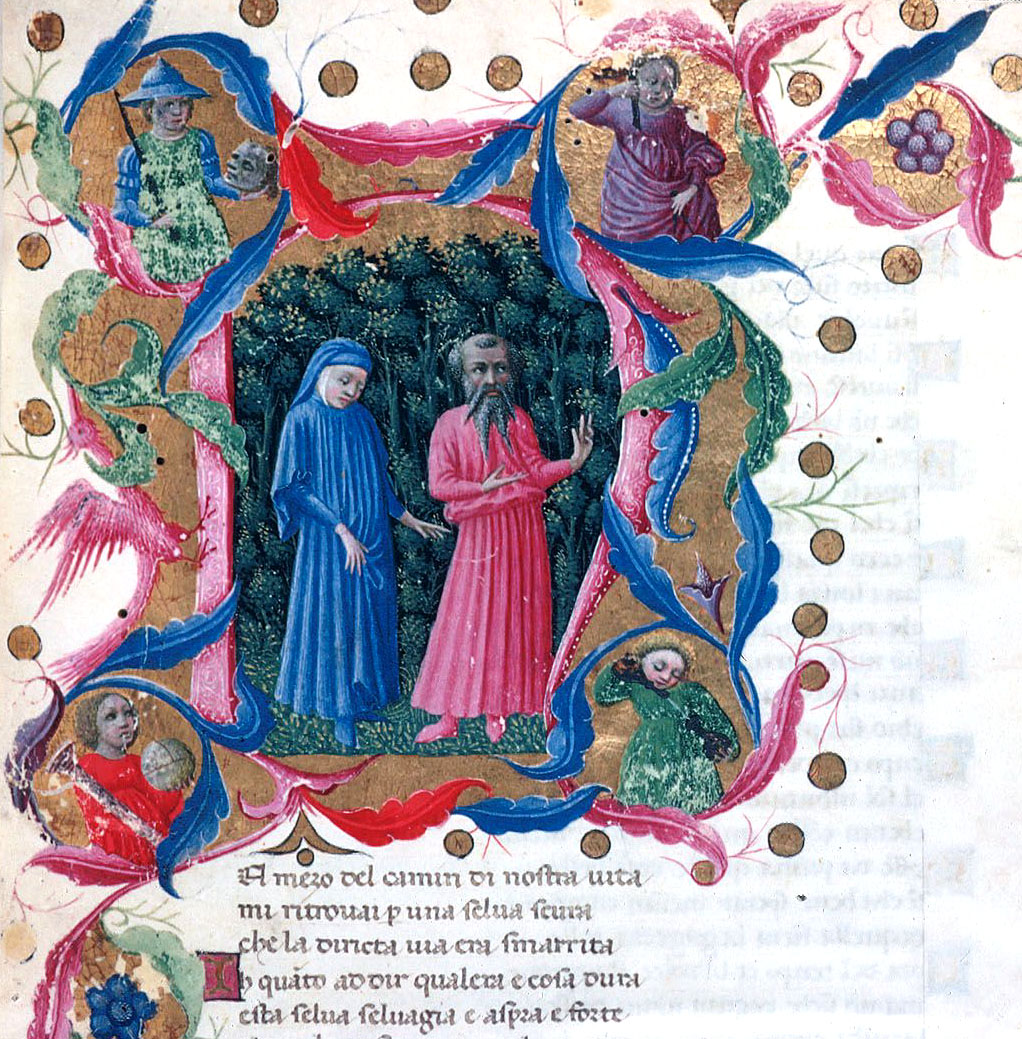
7. L’importante è finire!
“The important thing is the end” sang the famous Italian singer Mina in the 60s. We hope you enjoyed learning the most important and common Italian quotes on success, wisdom, love, family, and much more.
Do you want to learn more quotes and citations? Do you have something specific in mind? Make sure to share them with us in the comments below!
ItalianPod101.com also has tons of free vocabulary lists with audio recordings and free resources to improve your Italian in a fast and fun way!
Remember that you can also use our Premium PLUS service, MyTeacher, to get personal one-on-one coaching, personalized assignments and exercises, and tailored materials to help you dramatically improve your language skills. Check it out!









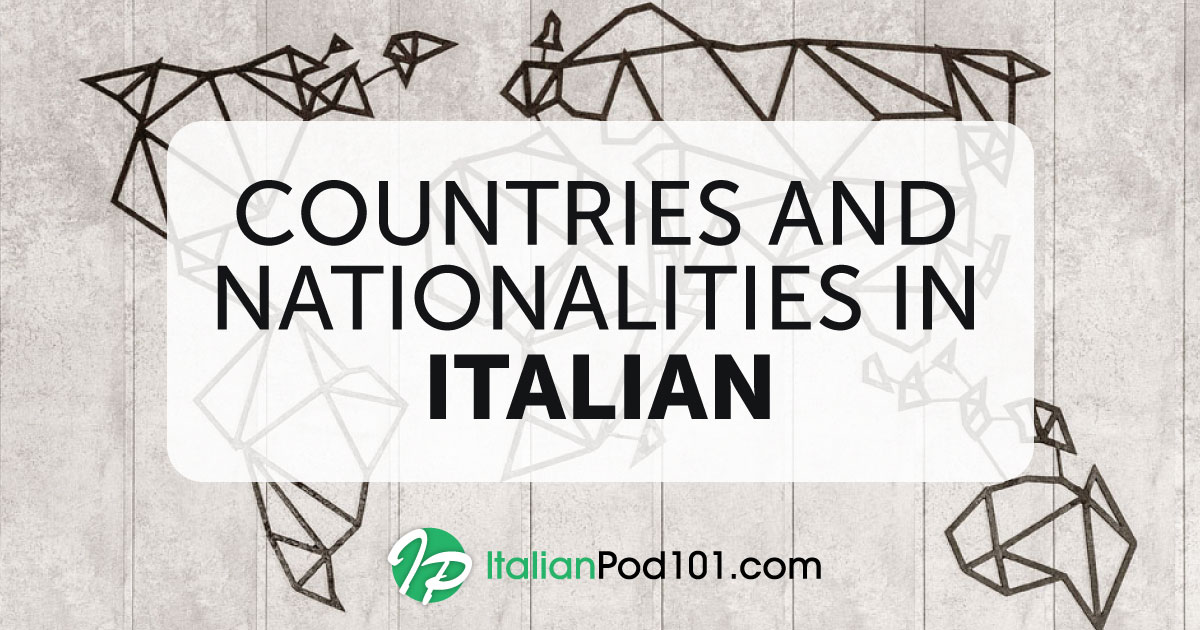



 Table of Contents
Table of Contents




